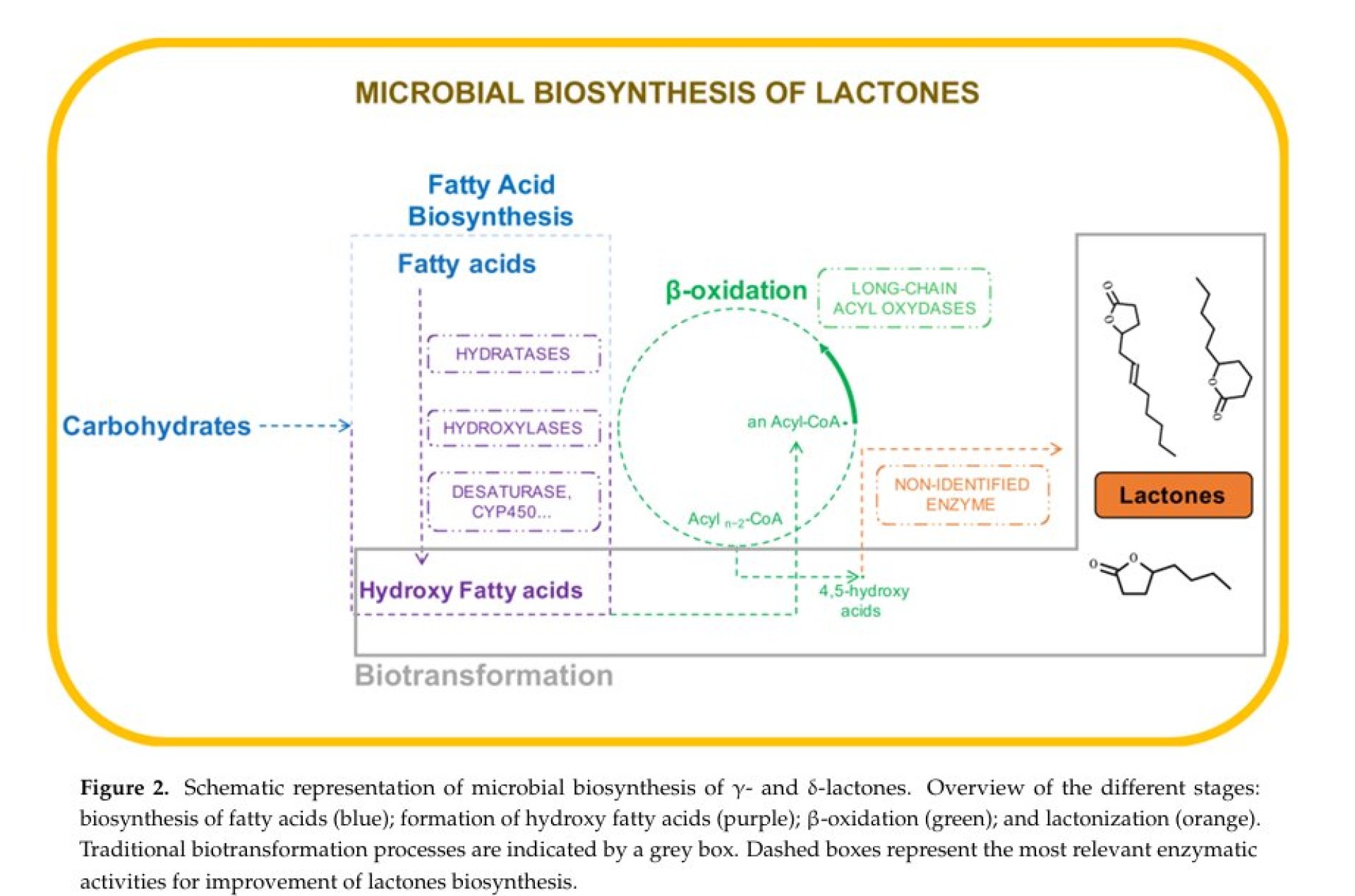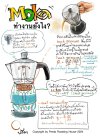The mechanism of peach and plum aroma development during coffee fermentation.

Peach and Plum Aromas in Coffee Fermentation with Yeast Process: Mechanism of Development
Since Plum Flow from Preda will begin its booking on Saturday, February 1, 2025, I thought it would be interesting to write about the peach and plum aromas that arise from coffee fermentation. This type of fermentation that results in these taste notes is not easy to achieve and is very intriguing.
Coffee Fermentation with Saccharomyces Yeast to Develop Peach and Plum Aromas
The Saccharomyces yeast group can help enhance fruity aromas such as peach and plum. This process involves the creation of key compounds like gamma-lactone and delta-lactone, which are compounds that impart a juicy, creamy, and smooth fruit-like aroma.
Gamma-lactone, such as γ-decalactone, provides the aroma of peach and apricot.
Delta-lactone, such as δ-dodecalactone, provides the aroma of plum and pear.
This lactone synthesis process is called Lactonization.
What is Lactonization?
Lactonization is a biochemical or chemical process that converts hydroxy carboxylic acids into lactones through the formation of ester bonds within the molecule. Lactones are important compounds found in fermentation processes and the synthesis of flavor and aroma compounds in the food industry, such as in coffee, wine, and other beverages.
In coffee fermentation, lactonization occurs when free fatty acids (FFAs) like hydroxy fatty acids are converted into γ-lactone and δ-lactone with the help of enzymes from yeast.
Biochemical Mechanism from the Start of Fermentation:
Breakdown of Carbohydrates and Fats in Coffee Beans to Sugar: When coffee is fermented with Saccharomyces yeast, the yeast uses enzymes to break down carbohydrates in the mucilage of the coffee beans into monosaccharides like glucose and fructose, which serve as energy sources for the fermentation process.
Fatty Acid Changes and Lactone Compound Creation: Saccharomyces yeast also helps to break down fatty acids in the mucilage of the coffee, such as linoleic acid and oleic acid.
These fatty acids can be converted into 4-hydroxy fatty acids through enzymatic reactions during fermentation.
Then, 4-hydroxy fatty acids undergo structural changes to form gamma-lactone and delta-lactone through β-oxidation and lactonization.
Effect of Fermentation Conditions on Lactone Formation and Related Enzymes:
pH and Oxygen Limitation: There are certain pH levels during fermentation that support the formation of lactones, typically in low-oxygen or oxygen-limited conditions.
Fermentation Temperature: Fermentation at temperatures between 1823°C is optimal for Saccharomyces yeast. In Preedas lab experiments, it's clear that higher fermentation temperatures result in different aromas. Hotter fermentations tend to produce stronger, harsher aromas rather than smooth ones.
Enzymes involved in the breakdown of fatty acids and the creation of aroma compounds in coffee come from two sources: the yeast (Saccharomyces) and the coffee mucilage. Each source plays a distinct role:
Lipase (from mucilage cells) Releases free fatty acids (FFAs) from lipids in the mucilage. FFAs like linoleic acid and oleic acid serve as precursors to fruity aromas.
Lipoxygenase (LOX) Found in the mucilage and the coffee beans themselves. It helps convert unsaturated fatty acids into hydroxy fatty acid derivatives, such as 13-HPOD, which are precursors to lactones.
β-Oxidation Enzymes Found in Saccharomyces yeast cells, these enzymes help convert FFAs into 4-hydroxy fatty acids. The β-oxidation process shortens the carbon chain of fatty acids, preparing them for conversion into lactones.
Lactonization Enzymes These enzymes in yeast help convert 4-hydroxy fatty acids into gamma-lactone and delta-lactone.
In short, the coffee mucilage provides the fatty acids (precursors) for fermentation, while Saccharomyces yeast acts as the catalyst for lactone production, which enhances the fruity aroma.
What is Plum Flow?
When processed with Yeast-dry fermentation combined with Low Temperature-Low Humidity (LTLH) coffee drying, we achieve the plum result. After that, we continue to age the coffee, roasting and tasting regularly to monitor its aroma and taste. Just like with Strawberry Field Flow, after 9 months of aging, the Plum coffee develops a smooth body and an excellent aroma and taste profile, where both the scent and flavor balance perfectly.
Therefore, we added the term "Flow" to indicate that the coffee has reached its peak period.
We look forward to seeing you on Saturday!
Thank you.
References
Silva, R., Coelho, E., Aguiar, T. Q., & Domingues, L. (2021). Microbial Biosynthesis of Lactones: Gaps and Opportunities towards Sustainable Production. Applied Sciences, 11(18), 8500. https://doi.org/10.3390/app11188500
Berger, R. G. (2007). Flavours and Fragrances: Chemistry, Bioprocessing, and Sustainability. Springer. https://doi.org/10.1007/978-3-540-49339-6
Oliveira, L. S., Franca, A. S., & Gloria, M. B. A. (2021). Fermentation of Coffee: Control of Operation Parameters, Impact on Quality, and Sensory Analysis. Food Reviews International. https://doi.org/[DOI]






